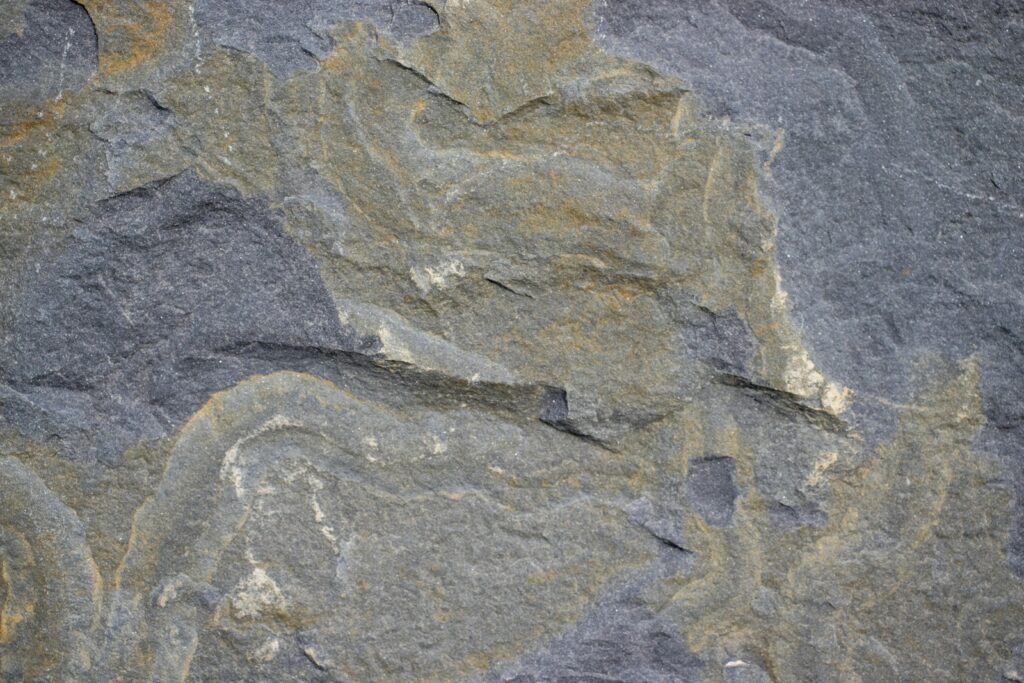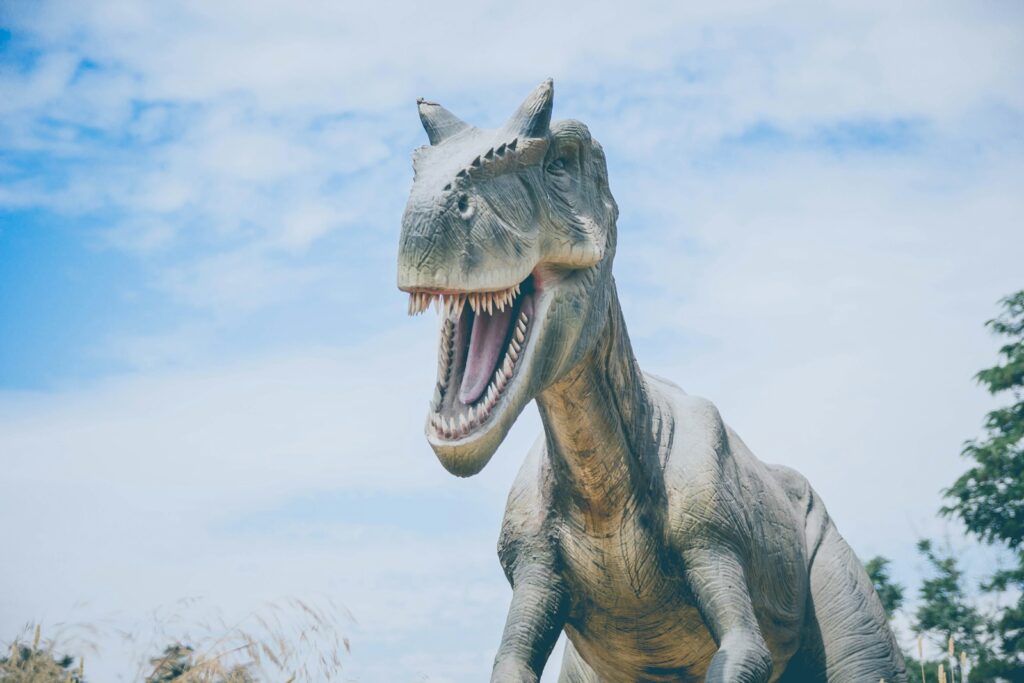The prehistoric world featured some of the most remarkable creatures ever to walk the Earth, with dinosaurs reigning supreme for over 165 million years. Among these magnificent beasts, few capture our imagination quite like the heavily armored Triceratops and Stegosaurus. Despite never having encountered each other in reality—separated by over 80 million years of evolutionary history—these two iconic herbivores represent the pinnacle of defensive adaptation among dinosaurs. Both developed spectacular physical features that have made them instantly recognizable in museums and popular culture worldwide. This article explores the fascinating differences and similarities between these armored titans, examining how their distinctive anatomies reflected their unique ecological niches and survival strategies.
Timeline Discrepancy: Separated by Millions of Years

Many people incorrectly imagine Triceratops and Stegosaurus roaming the prehistoric landscape together, perhaps even engaging in dramatic confrontations. However, these two dinosaurs were separated by an enormous temporal gulf of approximately 83 million years—far longer than the time separating humans from Tyrannosaurus rex. Stegosaurus lived during the Late Jurassic period, roughly 155 to 145 million years ago, while Triceratops appeared much later during the Late Cretaceous period, around 68 to 66 million years ago. This vast time difference meant these two species never encountered each other in the wild. The world Triceratops inhabited was dramatically different from that of Stegosaurus, with different climates, landscapes, predators, and plant life having evolved during the intervening epochs.
Evolutionary Classifications: Different Branches of the Dinosaur Family Tree

Despite both being quadrupedal herbivores with defensive adaptations, Triceratops and Stegosaurus belonged to entirely separate dinosaur orders, representing different evolutionary paths within the broader dinosaur family tree. Triceratops was a ceratopsian, specifically a chasmosaurine ceratopsid, part of the ornithischian branch of dinosaur evolution characterized by bird-like hip structures. Stegosaurus, meanwhile, was a stegosaurid, a member of the thyreophoran dinosaurs, which were “shield bearers” that included later ankylosaurs as well. Their last common ancestor likely lived in the early Jurassic period or even earlier, with their lineages diverging and developing different defensive strategies in response to the evolutionary pressures of their respective eras. This deep evolutionary separation explains many of the profound anatomical differences between these dinosaurs despite their superficial similarities as armored herbivores.
Distinctive Headgear: Frills and Horns vs. Small Skulls

Triceratops boasted one of the most recognizable cranial structures in the dinosaur world: an enormous skull that could reach over 8 feet in length, adorned with a prominent neck frill and three imposing horns—two long ones above the eyes and a shorter one on the nose. This spectacular headgear likely served multiple purposes, including species recognition, mating displays, and defense against the apex predator of its time, Tyrannosaurus rex. Stegosaurus, in stark contrast, possessed a remarkably small skull relative to its body size, roughly the size of a dog’s head despite its massive body. The Stegosaurus brain was notoriously tiny, estimated to have been the size of a walnut, with much of its neural control likely distributed through a secondary “brain” (actually a neural ganglion) near its hips. These dramatic cranial differences reflect fundamentally different defensive strategies and social behaviors between the two species.
Body Size and Proportions: Giants of Different Dimensions

Though both dinosaurs were impressively large, their body proportions differed significantly. Triceratops was more robustly built, standing approximately 9.8 feet (3 meters) tall at the hip, reaching lengths of 26-30 feet (8-9 meters), and weighing between 6-12 tons. Its body was relatively barrel-shaped with sturdy limbs designed to support its massive head and provide charging capability. Stegosaurus, while similarly imposing, displayed different proportions: typically around 9 feet (2.75 meters) tall at the hip, 30 feet (9 meters) long, and weighing 5-7 tons. Stegosaurus had a more pronounced arched back with hind legs significantly longer than its forelegs, creating its distinctive sloping profile. The weight distribution also differed markedly between the species, with Triceratops carrying much of its mass in its enormous skull region, while Stegosaurus had a more balanced weight distribution across its body, complemented by its iconic back plates and tail spikes.
Distinctive Defensive Adaptations: Plates vs. Frills

The defensive strategies evolved by these two dinosaurs represent dramatically different approaches to survival. Triceratops relied on an active, confrontational defense centered around its massive skull with three horns and a solid frill protecting its neck—essentially transforming its head into both shield and weapon. Fossil evidence suggests Triceratops may have used these features in head-to-head combat with predators and potentially rival Triceratops during mating competitions. Stegosaurus, conversely, developed a passive defensive system with its most iconic feature: two staggered rows of large, upright plates running along its back, complemented by four to eight sharp spikes on its tail (called a thagomizer). Unlike Triceratops, which could charge at threats, Stegosaurus likely kept its tail in motion to deter predators from approaching from behind while its plates possibly served as heat regulators and display structures. These contrasting defensive adaptations highlight the different evolutionary pressures faced by these dinosaurs in their respective time periods.
Diet and Feeding Mechanisms: Different Approaches to Herbivory

Despite both being herbivores, Triceratops and Stegosaurus evolved distinct feeding mechanisms adapted to the flora of their respective eras. Triceratops possessed a powerful parrot-like beak at the front of its jaws, followed by batteries of hundreds of teeth arranged in continuous dental batteries that were constantly replaced throughout its life. This sophisticated chewing apparatus allowed it to process tough, fibrous Late Cretaceous vegetation, including cycads, palms, and the newly evolved flowering plants and conifers of its era. Stegosaurus, living much earlier, had simple peg-like teeth suitable only for stripping and minimal processing of vegetation before swallowing. It likely fed on ferns, mosses, and primitive conifers that dominated the Jurassic landscape, possibly using gastroliths (stomach stones) to help break down plant material in its digestive system. The more advanced dental structure of Triceratops reflects the ongoing evolutionary arms race between plants and herbivores that occurred during the 80+ million years separating these species.
Predator Threats: Different Apex Hunters

The predatory threats faced by these two armored herbivores differed dramatically due to their separation in time. Triceratops contended primarily with Tyrannosaurus rex, perhaps the most formidable land predator ever to exist, weighing up to 9 tons with bone-crushing jaws generating forces of several thousand pounds per square inch. Fossil evidence, including healed Tyrannosaurus bite marks on Triceratops frills, confirms these species engaged in combat, with the ceratopsian’s impressive horns and frill evolved partly in response to this threat. Stegosaurus, living in the earlier Jurassic period, faced different apex predators, primarily large theropods like Allosaurus and Ceratosaurus. These hunters, while formidable, were smaller and less powerful than T. rex, typically weighing 1-2 tons. The thagomizer tail spikes of Stegosaurus proved effective against these threats, as evidenced by an Allosaurus fossil discovered with a puncture wound matching a Stegosaurus tail spike. These different predatory pressures shaped the distinctive defensive adaptations of both dinosaurs.
Social Behavior: Herds vs. Solitary Living
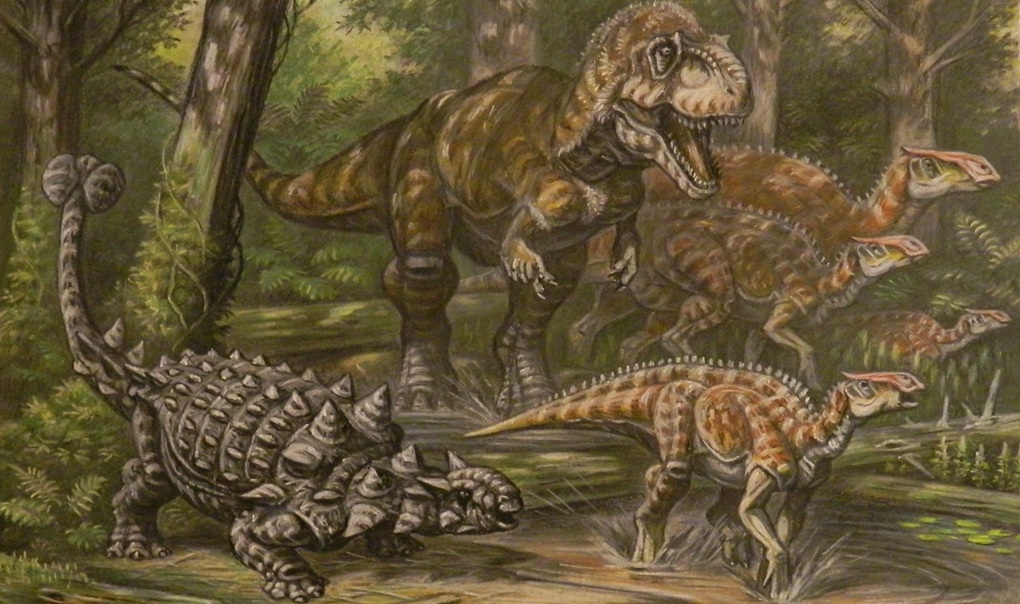
Paleontologists have uncovered substantial evidence suggesting Triceratops lived in social groups, with multiple specimens frequently found in close proximity, indicating herd behavior similar to modern elephants or rhinoceroses. These herds likely provided additional protection against predators and may have facilitated complex social behaviors, including dominance contests using their impressive horns. The large frills may have served as visual display structures, helping individuals recognize potential mates and rivals within their social groups. Stegosaurus, by contrast, has fewer instances of multiple specimens discovered together, leading some researchers to hypothesize they may have been more solitary or lived in much smaller family groups. The different social structures of these species likely influenced their reproductive strategies, defensive behaviors, and even their feeding patterns, with Triceratops potentially engaging in cooperative behaviors that Stegosaurus may not have exhibited. However, the fossil record remains incomplete, and new discoveries continue to refine our understanding of dinosaur sociality.
Scientific Controversies: Ongoing Debates

Both Triceratops and Stegosaurus remain subjects of active scientific debate despite being among the most well-studied dinosaurs. For Triceratops, one significant controversy concerns whether it and its close relative Torosaurus represent different growth stages of the same species, with some paleontologists arguing that Triceratops specimens might simply be juvenile Torosaurus. The function of Triceratops’ frill—whether primarily for defense, display, or thermoregulation—also remains debated. Stegosaurus has generated its own scientific controversies, particularly regarding the purpose of its distinctive plates. Early theories suggesting they functioned as armor have largely given way to hypotheses about thermoregulation and display purposes, but disagreement persists. Another Stegosaurus controversy involved the “second brain” concept, which proposed a neural ganglion in its hips helped control its rear quarters; most modern paleontologists now reject this idea in favor of viewing this structure as a glycogen body similar to those found in modern birds. These ongoing debates highlight how much remains to be learned even about these iconic dinosaurs.
Brain Size and Intelligence: Different Cognitive Capabilities
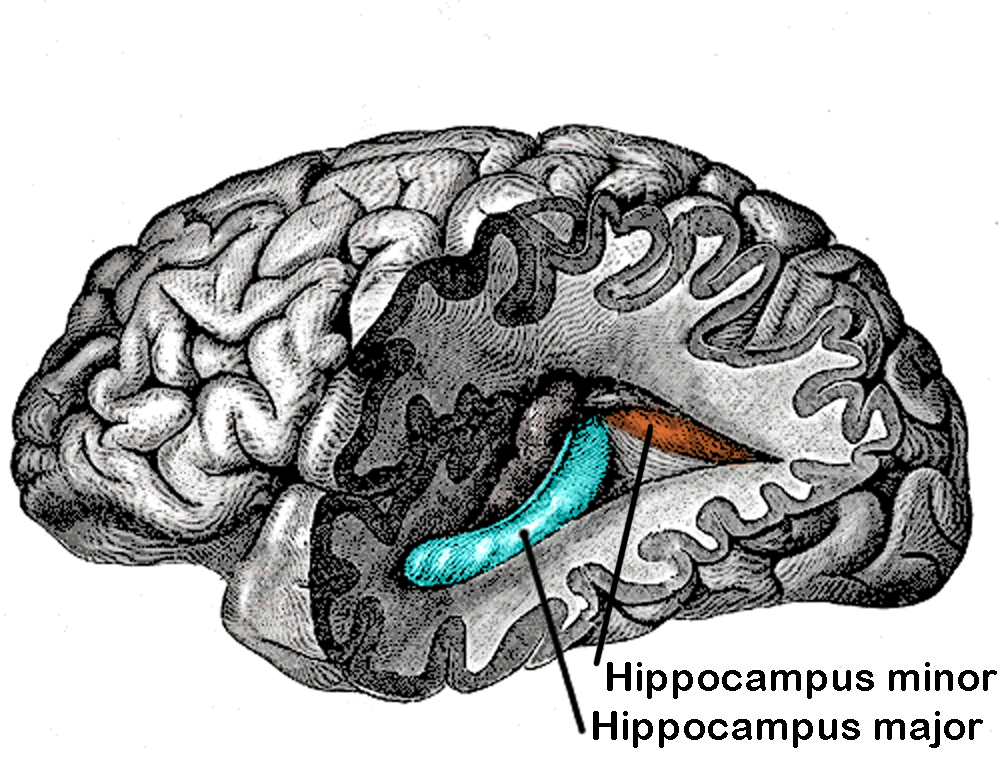
The neurological capabilities of these two dinosaurs differed considerably based on their brain structures. Triceratops possessed a relatively larger brain for its body size compared to Stegosaurus, though still small by mammalian standards. Its brain case suggests a modestly developed cerebrum with enhanced olfactory capabilities and reasonably good vision, allowing for more complex social behaviors and better predator recognition. Stegosaurus, in contrast, had one of the smallest brain-to-body-size ratios of any known dinosaur, estimated at approximately the size of a walnut despite its massive body. The brain of Stegosaurus showed less neurological complexity, with limited processing power likely focused on basic survival functions rather than complex behaviors. The infamous neural expansion in its hip region, once thought to be a “second brain,” is now understood to have been a glycogen body similar to structures in modern birds, possibly helping supply energy to its nervous system. These neurological differences likely translated into different behavioral capabilities, with Triceratops potentially exhibiting more sophisticated social interactions and problem-solving abilities compared to the more reflexive behavioral patterns of Stegosaurus.
Cultural Impact: Icons in Popular Imagination

Both Triceratops and Stegosaurus have secured places as cultural icons, appearing prominently in everything from scientific literature to children’s toys and major films. Triceratops has been featured in the Jurassic Park franchise, became the official state fossil of Wyoming, and serves as the mascot for various sports teams due to its powerful, dynamic appearance. Its three-horned face has become instantly recognizable worldwide, making it consistently one of the most beloved dinosaurs in public surveys. Stegosaurus enjoys similar fame, with its distinctive plates and spikes making it among the most visually distinctive dinosaurs. It has appeared in numerous films, including multiple Jurassic Park installments, and became Colorado’s official state fossil in 1982. Both dinosaurs feature prominently in museum displays globally, with complete or near-complete skeletons drawing millions of visitors annually. Their enduring popularity demonstrates how these ancient creatures continue to capture human imagination, serving as gateways that introduce many children to paleontology and evolutionary science.
Fossil Record Quality: Preservation Differences
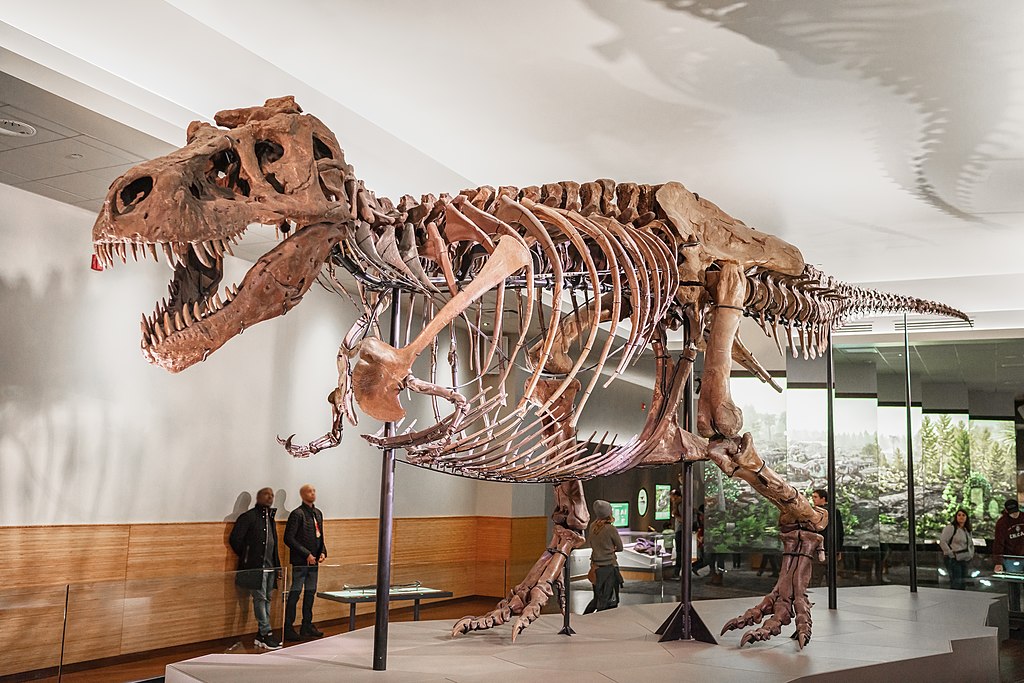
The fossil records of these two dinosaurs differ significantly in quality and abundance, influencing our understanding of each species. Triceratops boasts an exceptionally rich fossil record, with hundreds of specimens discovered throughout western North America, particularly in the Hell Creek Formation. Many of these fossils include complete or nearly complete skulls, providing detailed information about individual variation, growth patterns, and potential sexual dimorphism within the species. Stegosaurus, while also well-represented in the fossil record, has fewer complete specimens, with the majority recovered from the Morrison Formation of the western United States. The most famous Stegosaurus specimen, nicknamed “Sophie,” housed at the Natural History Museum in London, represents one of the most complete skeletons, at approximately 85% intact. The relative abundance of Triceratops fossils has allowed paleontologists to conduct more comprehensive population studies, while Stegosaurus research often relies on more fragmentary evidence requiring greater inferential leaps. These differences in preservation quality continue to shape our evolving understanding of these prehistoric giants.
Extinction Context: Different End Scenarios
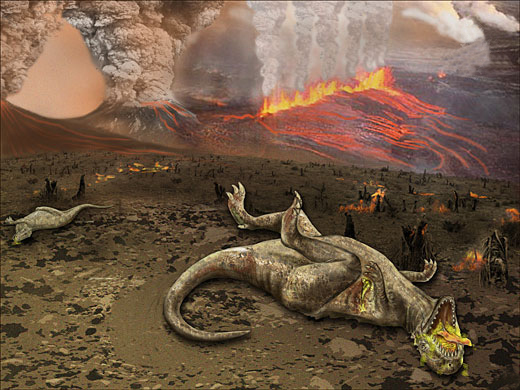
The extinction circumstances for these two dinosaurs differed dramatically due to their separation in time. Stegosaurus disappeared at the end of the Jurassic period, approximately 145 million years ago, during a relatively minor extinction event that affected some marine and terrestrial species. This extinction appears to have been part of normal background extinction processes rather than a sudden catastrophic event, with stegosaurids gradually being outcompeted by other herbivorous dinosaurs including the rapidly diversifying sauropods and early ornithopods. Triceratops, conversely, met its end during one of Earth’s most catastrophic mass extinction events—the Cretaceous-Paleogene (K-Pg) extinction approximately 66 million years ago. This event, triggered by a massive asteroid impact near the Yucatán Peninsula in Mexico, eliminated approximately 75% of all species on Earth, including all non-avian dinosaurs. Triceratops fossils have been found within inches of the K-Pg boundary layer, indicating they thrived right up until this sudden extinction event—a dramatic contrast to the gradual fade of Stegosaurus tens of millions of years earlier.
Conclusion: Different Solutions to Survival

Though Triceratops and Stegosaurus never crossed paths in prehistoric landscapes, comparing these two armored giants reveals fascinating insights into evolutionary adaptation. Separated by over 80 million years, they represented different solutions to the challenge of herbivorous survival in a world of fearsome predators. Triceratops evolved an active defense strategy with its imposing horns and protective frill, potentially living in social herds with sophisticated behaviors guided by its relatively larger brain. Stegosaurus, with its iconic plates and tail spikes, adopted a more passive defensive posture, possibly living in smaller groups or as solitary individuals with simpler behavioral patterns. Their distinctive anatomies reflected not just different defensive strategies but also adaptations to different environments, predators, and food sources available in their respective time periods. By studying these magnificent creatures, paleontologists continue to unravel the complex evolutionary history of life on Earth, demonstrating how diverse biological solutions can emerge to address similar survival challenges across vast spans of geological time.


